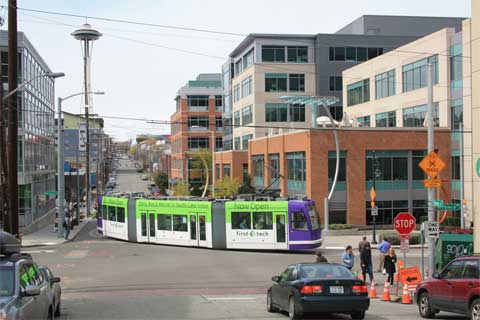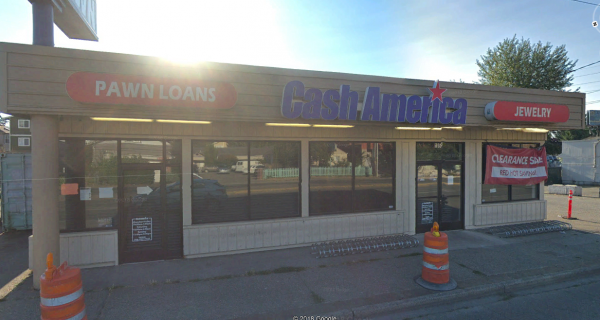Commercial office space demand in Seattle going forward is going to be driven by tenants looking to move to downtown markets. Healthcare and tech companies are the big drivers in this move to core properties. Office space rentals slowed minimally in the first quarter, but made a come-back at the end with office-job growth increasing. This indicates a higher tenant demand in the upcoming months.
Tenants are starting to seek alternative workspace plans to increase their efficiency. The new hires are mostly millennials who are not only seeking employment, but a lifestyle as a part of their work. The evidence of this effect can be seen clearly in the South Lake Union area of Seattle, which is home to Amazon, Microsoft, University of Washington Medical Research, Cancer Care Alliance and other large tenants. The results of this movement on downtown Seattle commercial real estate is monumental. Multi-family development is following the jobs, and commercial real estate in the form of shopping, restaurants, recreation areas, mass transit and “easy walking” are driving a more vertical development scenario than ever imagined in the former backwater of warehouses.
Rental rates in offices under construction in the South Lake Union area are now in the range of the high $40’s per square foot. Seattle continues to boast tech, gaming, and cloud companies while Bay Area-based firms continue to expand in Seattle, as well. They now see Seattle and its lifestyle element as a viable alternative for their expansions.
The National Association of Realtors (NAR) says that office vacancies will continue to drop over this year and next. The increase in property value will continue and predictions say from 2016-2020 we will see over a 4% increase in NOI.
“Today we continue to see improving fundamentals across the board. We are seeing improvement in occupancy and a welcome continuation of job growth while still seeing very constrained introduction of new supply,” says Alan Pontius, senior vice president, commercial property group, with brokerage firm Marcus & Millichap. As a result, the office market is a “late bloomer” for which the industry is still seeing a “catch-up effect,” according to Pontius.”




